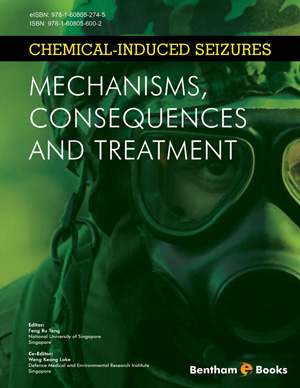Abstract
Absence epilepsy is a group of syndromes with generalized non-convulsive seizures that are characterized by synchronous spike-and-wave discharges (SWDs) on the electroencephalogram (EEG). Animal models of absence epilepsy generally mimic this non-convulsive type of the absence seizure with SWDs on the EEG. In the literature, there are several experimental in vitro and in vivo models of the absence epilepsy displaying the spike-and-wave activity induced by different approaches (electrical, chemical, genetic manipulations). All these models have provided valuable insights into the underlying mechanisms and treatment of the disease. The aim of this chapter is to review commonly used in vivo animal models of absence seizures that are induced by the administration of chemicals. In these chemical models, SWD activity is induced in an otherwise normal brain.






















